Monteroduni. Spectacular spring views
2025
Monteroduni is an Italian town in the province of Isernia in Molise. Situated on a hill at about 460 meters in a very panoramic position, it stands out for its Pignatelli Castle.
You may also like
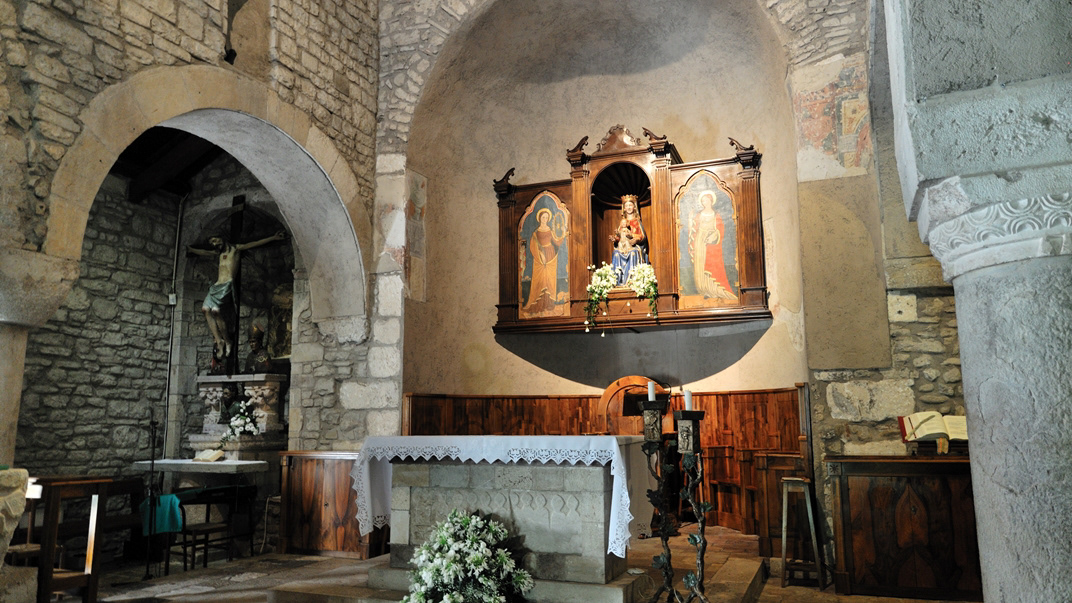
2015
Roccavivara (CB) Santuario della Madonna del Canneto
La chiesa giunta ai nostri giorni risale ai secoli XI-XII, ha pianta a croce latina, con tre absidi. La facciata non ha elementi decorativi rilevanti, se non un bassorilievo sulla lunetta del portale. Nei muri esterni della chiesa sono inserite lapidi e varie iscrizioni di epoca romana e medievale, mentre, sulla destra, si leva una possente campanile, ultimato nel 1329 ad opera dell'Abate Nicola, consistente in una torre merlata di stampo gotico con trifore sulle arcate. L'interno della chiesa è austero e a tre navate, ciascuna terminante con un'abside semicircolare. Lungo la navata centrale è collocato un pregevole ambone, finemente decorato, realizzato nel 1223, in parte con materiali di reimpiego più antichi. L’ambone è sostenuto da tre archi disuguali e, sotto il parapetto, si aprono sette piccole edicole: quella centrale doveva sostenere un’aquila che, con le sue ali spiegate, fungeva da leggio. Le altre sono occupate da sei monaci in altorilievo, intenti alle attività che rappresentano la regola monastica dell’ora et labora. Dietro l'altare maggiore è collocata la statua della Madonna di Canneto, risalente al XIV secolo, in stile gotico, e conosciuta anche come la Vergine del Sorriso. Nell’area adiacente la chiesa, sono presenti scavi archeologici che hanno riportato alla luce resti di una Villa romana del I secolo d.C.
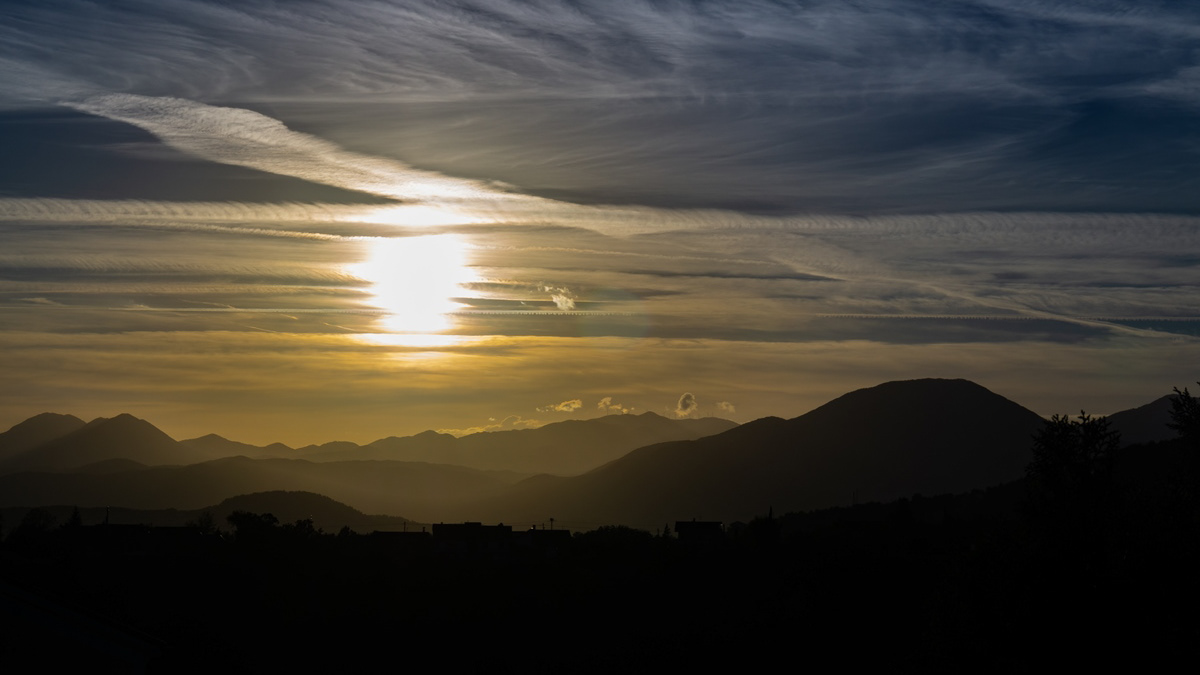
2018
Tramonto sulle Mainarde
2023
Mainarde. Autumn landscape. Foliage
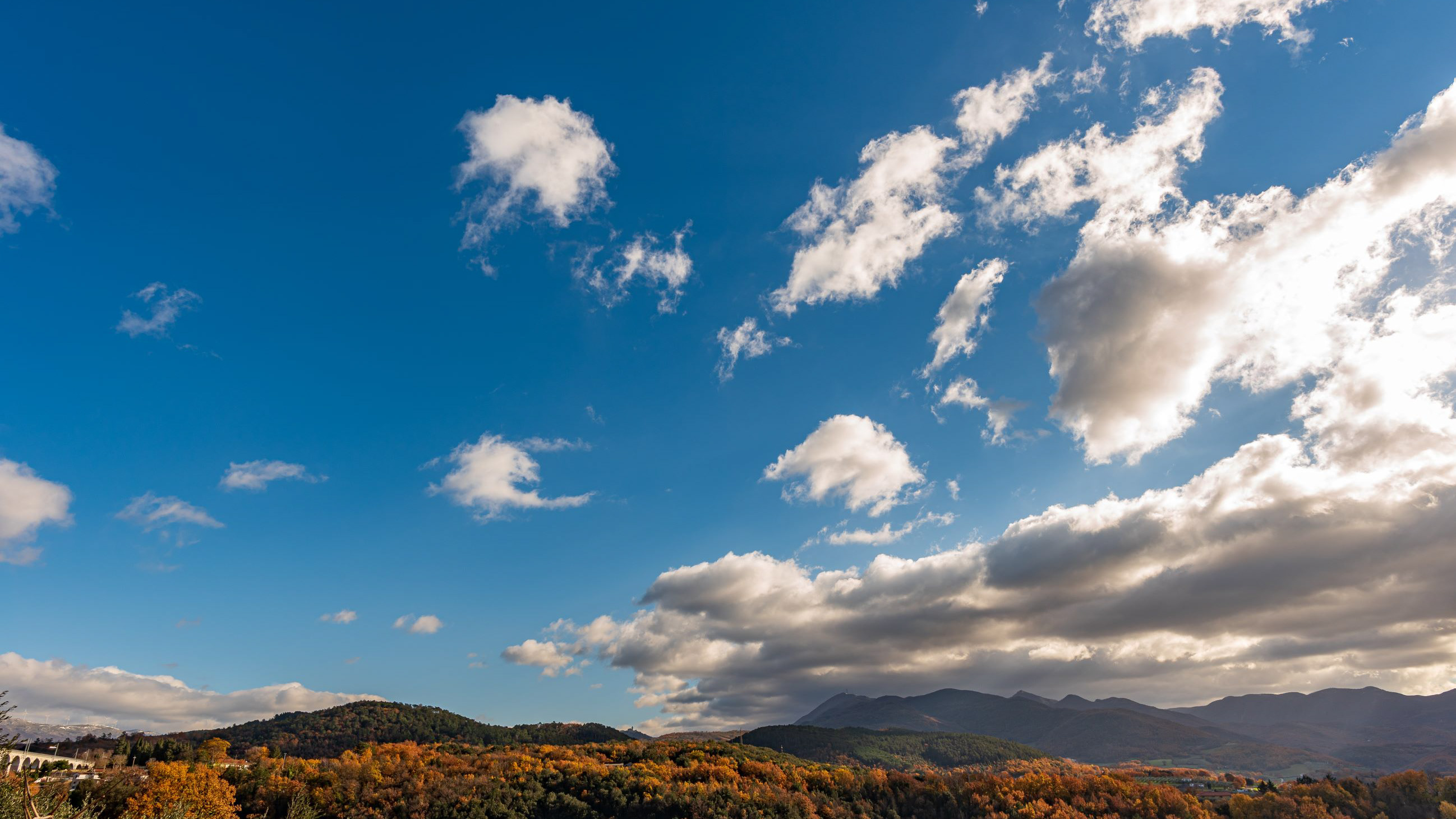
2022
Molise, autumn 2022
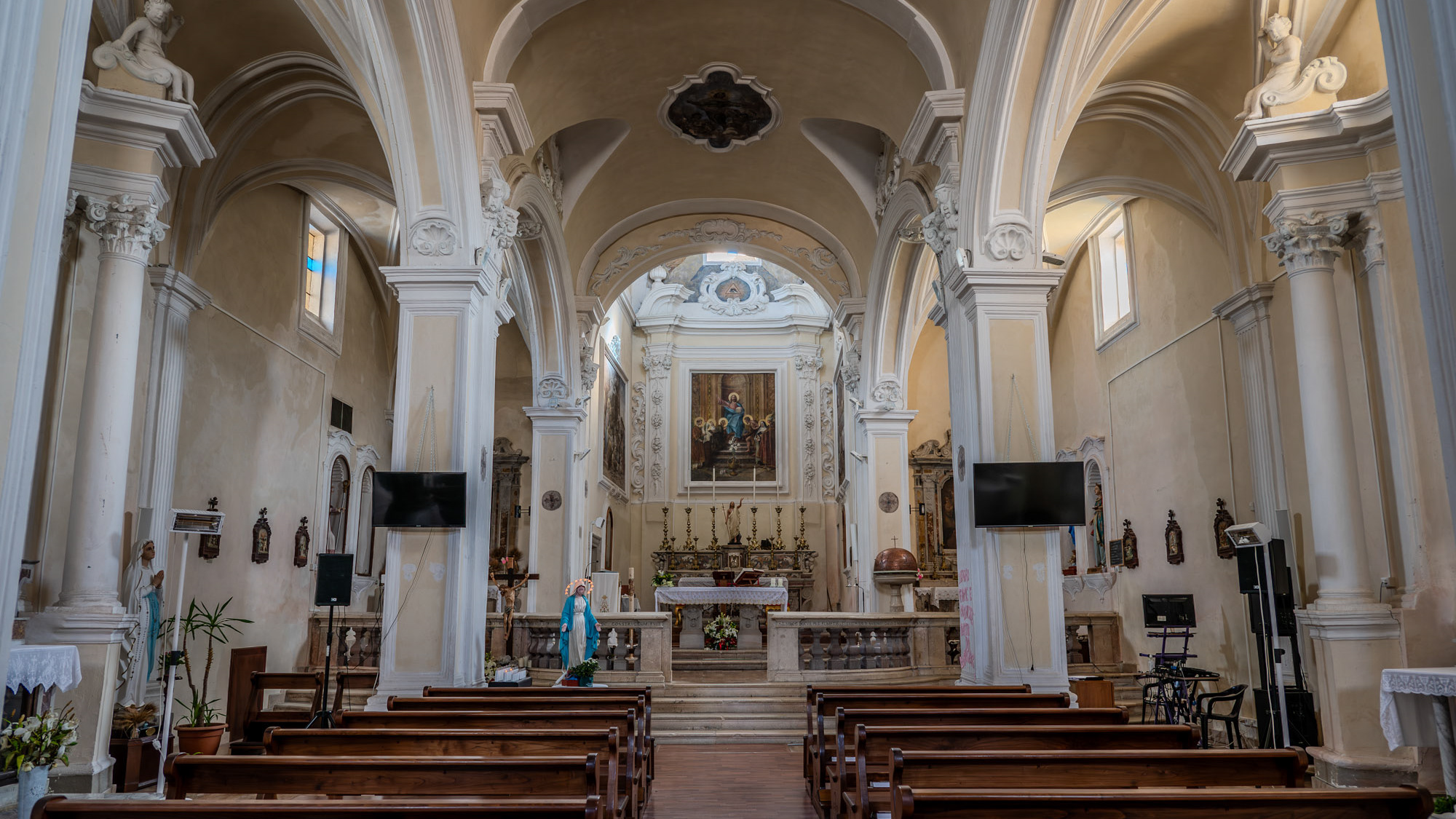
2024
Rionero Sannitico. Church of San Bartolomeo Apostolo
Mother church of San Bartolomeo Apostolo. Formerly dedicated to S. Maria Assunta in cielo. Its shape is a Latin cross, with three naves separated by two rows of columns.
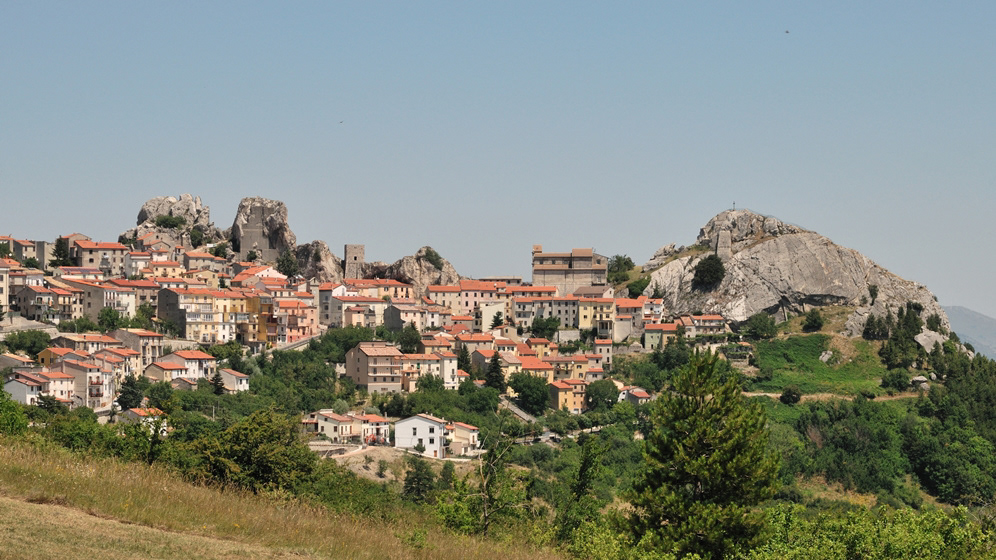
2015
Molise - Pietrabbondante (IS) Il Teatro Italico
Il teatro e tempio italico di Pietrabbondante fanno parte di una vasta area archeologica ricadente nel territorio comunale di Pietrabbondante, in provincia di Isernia, nella regione Molise. Ubicati a circa m. 966 di altitudine s.l.m. essi occupano un ripido declivio che si affaccia sulla valle del Trigno, in località Calcatello, a circa un chilometro di distanza, in linea d'aria, dalla vetta del monte Saraceno. La zona non è attraversata da alcun tracciato stradale di grande comunicazione; sono individuabili tracce di un antico sentiero esistente tra il moderno abitato di Pietrabbondante ed il vicino monte Saraceno, già praticato in antico, una direttrice stradale che ancora oggi segue l’andamento del ripido pendio e, costeggiando il lato orientale del monte, rappresenta l’unica via di accesso all'area fortificata posta in vetta. L’area sacra rappresenta, per le sue caratteristiche architettoniche e per la sua monumentalità, la testimonianza archeologica di maggior rilievo della cultura della popolazione italica dei Samnites Pentri, e la sua esplorazione sistematica ha consentito di ricostruire le vicende storiche del territorio attraverso i secoli ed ha fornito una quantità rilevante di dati sul più importante luogo di culto dello stato sannitico.
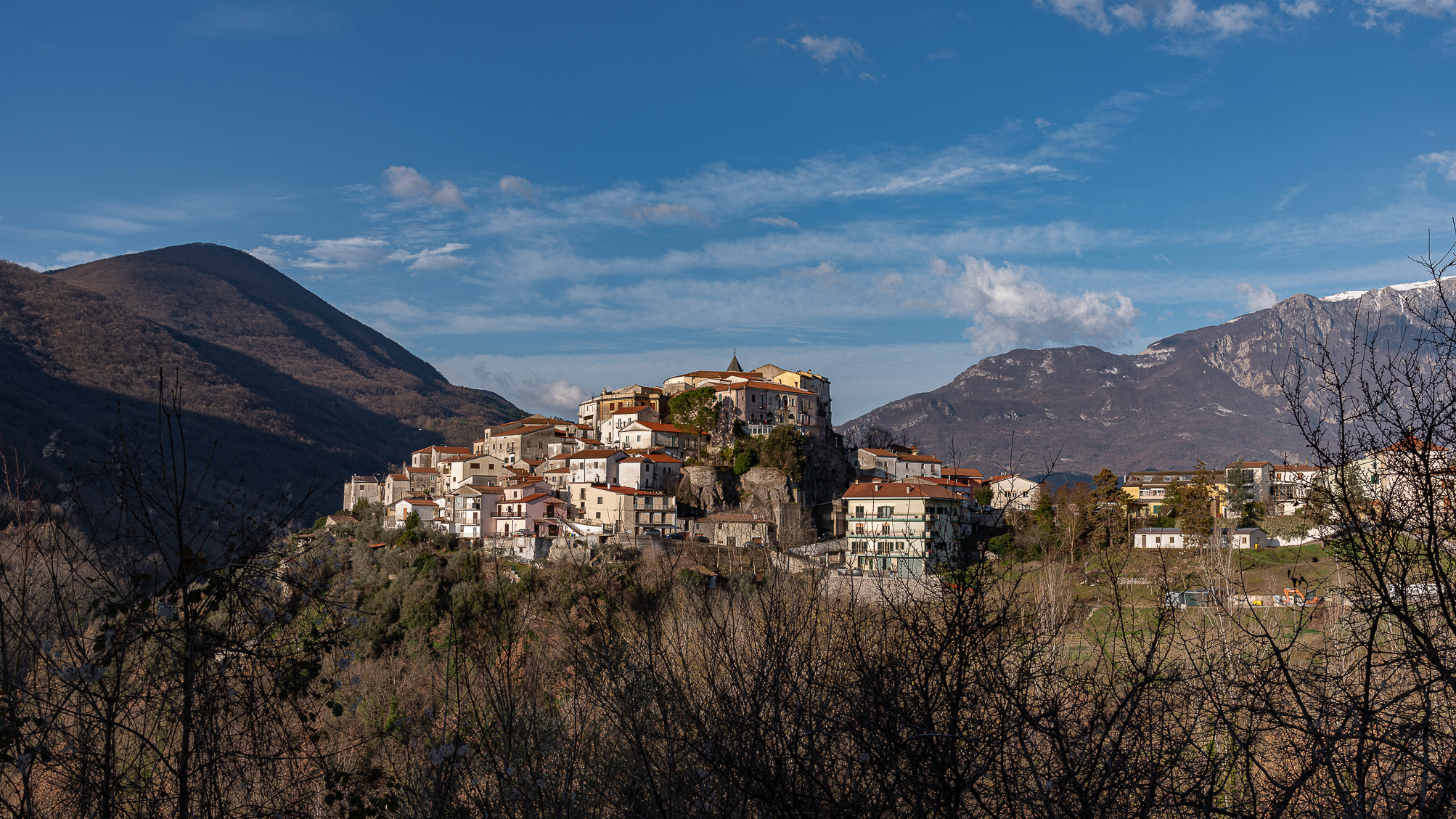
2022
Colli a Volturno. Winter 2022
Colli a Volturno (Cuòglië in Molise) is an Italian town of 1 312 inhabitants in the province of Isernia in Molise. The municipal territory extends into the Volturno Valley on the border with the national park of Abruzzo, Lazio and Molise. Colli a Volturno (also called simply Colli), rises on three wooded hills, at an altitude of about 400 m a.s.l. (max. 1 013, min. 236 a.s.l.). The municipal area borders the municipalities of Fornelli, Rocchetta a Volturno, Montaquila, Scapoli, Cerro al Volturno, Macchia d'Isernia, Filignano and Monteroduni.
The Collese area, as the name suggests, is mainly hilly interspersed with wide flat spaces. The climate is mild, the average annual temperature is 18.2 ° C, the average rainfall is 862 mm. Summers are warm and temperate, winters are cold but not particularly harsh, sporadic snowfalls, exceptionally abundant those of February 1956, January 1985 and February 2012. In autumn, rainfall is abundant, in August, the hottest month. of the year, the average temperature is 22.4 ° C; in August 2017, an exceptional heat wave caused the mercury column to reach 43 ° C. January is the coldest month, with an average temperature of 5.4 ° C. The driest month is July with an average of 32mm of rain. The month of November is the one with the highest rainfall, having an average of 118 mm. Gusts of wind are not infrequent, even of particular intensity. Temperatures vary by around 17 ° C throughout the year.
2022
Molise, winter 2022
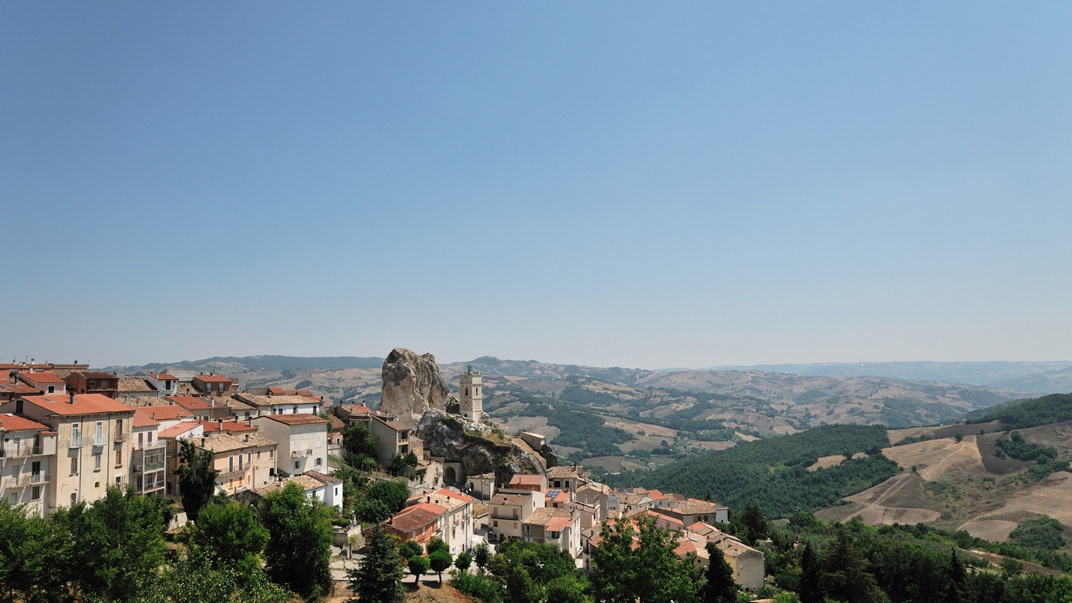
2015
Molise - Pietracupa (CB)
Pietracupa è un comune italiano di 207 abitanti della provincia di Campobasso, in Molise. L'etimologia del nome è un composto di pietra, poiché costruito su un'enorme formazione calcarea, la "Morgia", e dell'aggettivo cupa, che in latino vuol dire "botte", in riferimento ai numerosi insediamenti rupestri ancora visibili in essa. È zona di villeggiatura estiva e di escursionismo.
2022
Capracotta. Parish Church of S. Maria in Cielo Assunta
It is located on the highest part of the town, in the Terra Vecchia district, and was the seat of the collegiate church. It is not known what the current church was like, which is the result of a total renovation in 1725. The antiquity of the church is testified by a bas-relief of the bell tower, which bears the symbol of the Tree of Life, from the Renaissance period, the adjacent walls, with the portal of the chapel of the Visitation, show holes for the bells. The stone bell tower, with a square plan, has its current appearance, the result of the restoration of 1898. The baptismal font in walnut wood, with gold decorations, restored in 1980, and a stone font can also be attributed to the archaic church. In the 18th century the civic coat of arms was moved to the main altar by the Town Hall, and the church became the symbol of the entire Capracottese community.
